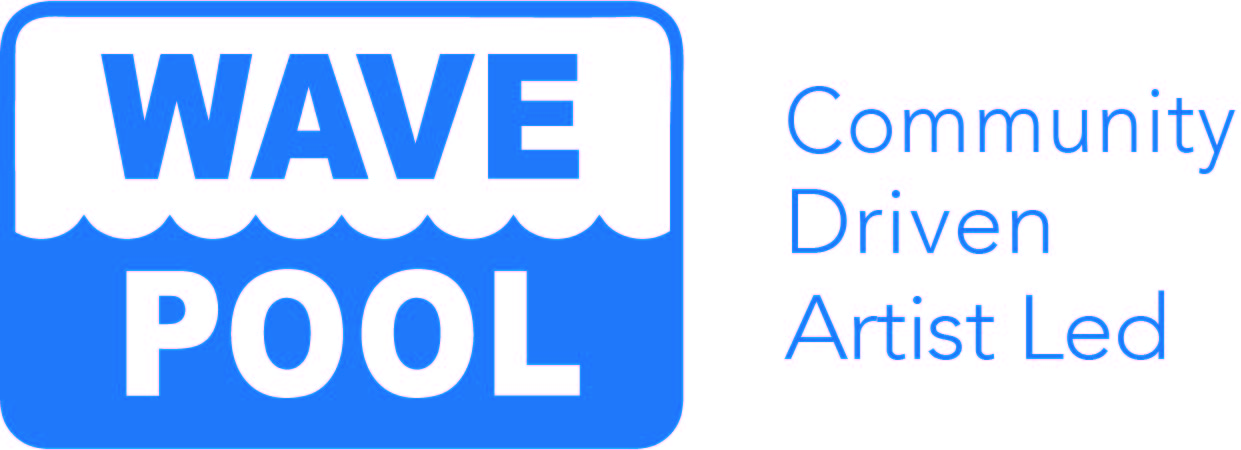Why should we tolerate a diet of weak poisons, a home in insipid surroundings, a circle of acquaintances who are not quite our enemies, the noise of motors with just enough relief to prevent insanity? Who would want to live in a world which is just not quite fatal?
― Rachel Carson, Silent Spring
Bringing together the work of visual artists practicing in printmaking, digital media and drawing, this exhibition engages with our current collective state of extinction grief and climate anxiety. Exploring a range of creative responses, these three artists addresses ongoing human place/displacement within the environment and the urgency of interspecies care.
Luis Estrada is a studio artist at NIAD Art Center, a progressive art studio for neurodiverse and disabled artists located for the past 40 years in Richmond, California. The idea for this exhibition came slowly from conversations with Estrada, who I’ve worked with as a studio facilitator since 2014, exploring how living in Richmond impacts his practice, as well as his interest in the weather and natural vs. manmade disasters. Richmond is a city historically steeped in environmental racism and big oil pollution, specifically from Chevron towards predominately Black Unincorporated Richmond. With his work, Estrada has a unique power in visualizing and preserving everyday histories of climate change.
Estrada shares reflections on making work in Richmond, saying “Richmond has a lot of noise, too many cars, the noise is every day, every morning, every afternoon, every night. A long time I’ve been painting. I’ve been working at NIAD a long time, working a lot, I’ve been coming 15 years. 15 years I’ve been working real hard.”
In conversation with Estrada’s paintings is the work of Tyler Spohn, a Cincinnati based artist who works out of Visionaries + Voices, a similar progressive art studio to NIAD. Spohn’s mixed media drawings depict groupings of species that play between extremes of abundance and devastation. The power and persistence of nature recalls the extinction future theories of ecofeminist author Donna J. Haraway, found within her book “Staying with the Trouble: Making Kin in the Chthulucene,” where we as humans are called to “make kin” with other species.
In the summer of 2020 the San Francisco Bay Area faced the trifecta of COVID-19, extreme heat waves and the largest wildfires in California’s recorded history. In Oakland-based new media artist and printmaker Veronica Graham’s screen printed posters viewers can feel a sense of danger through the phosphorescent brilliance, what Graham describes as her ‘global warming agitprop.’ Graham is currently building Diatribes, a VR narrative experience that explores fears about climate change and is a lecturer of Virtual Reality in the Department of Art & Art History at Stanford University.
In the wake of COVID 19 I have been thinking of the diminishing returns of Earth and the power of visual art to reckon with the complicated possibilities of the world we are creating and living within.
Dedicated to Jon Fukui (gone too soon)
—Chelsea Smith
Not Quite Fatal
Veronica Graham, Global Warming Agitprop Posters, (Big Cats), 2022, 13in x 19in, screen print

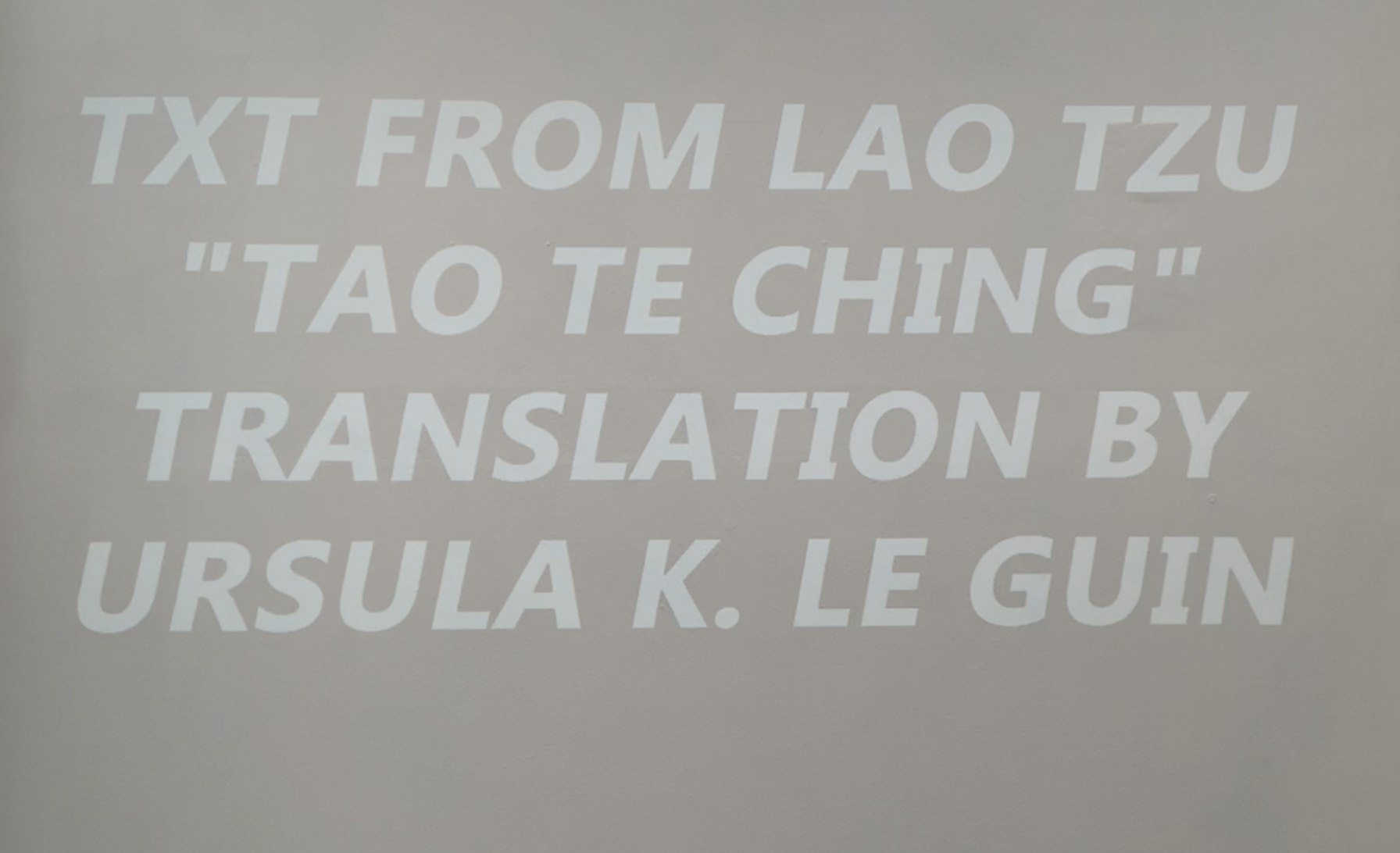
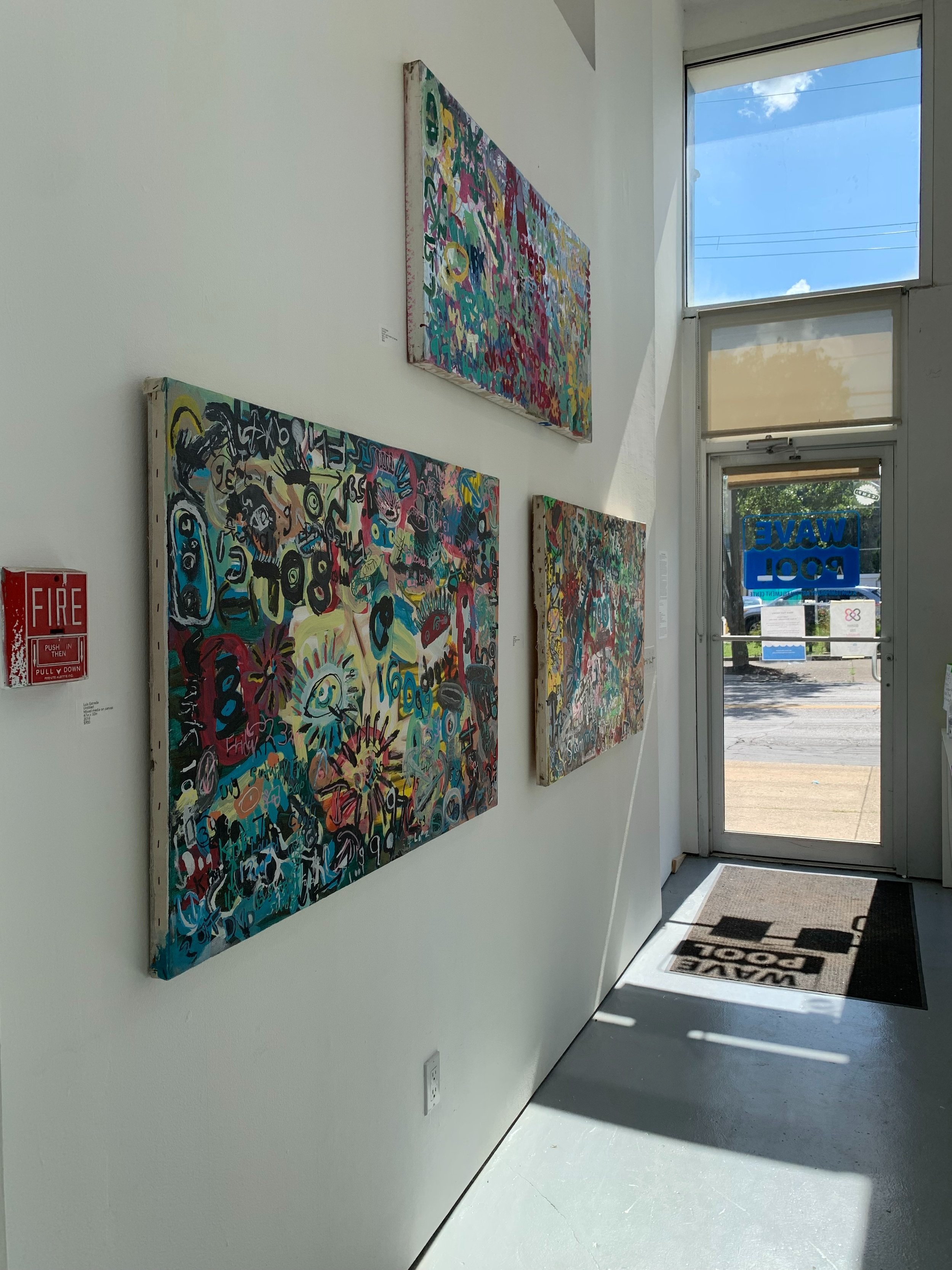
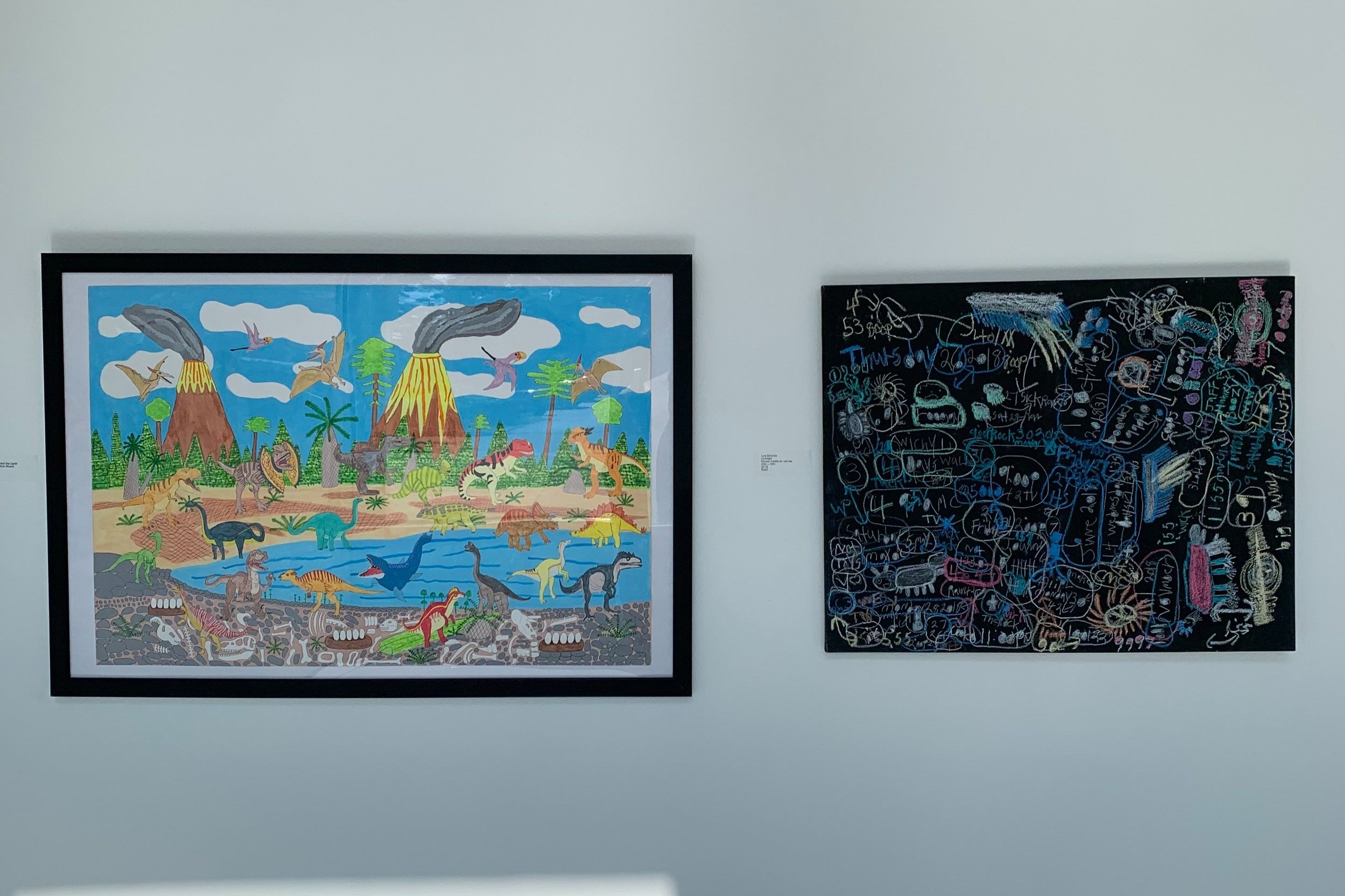
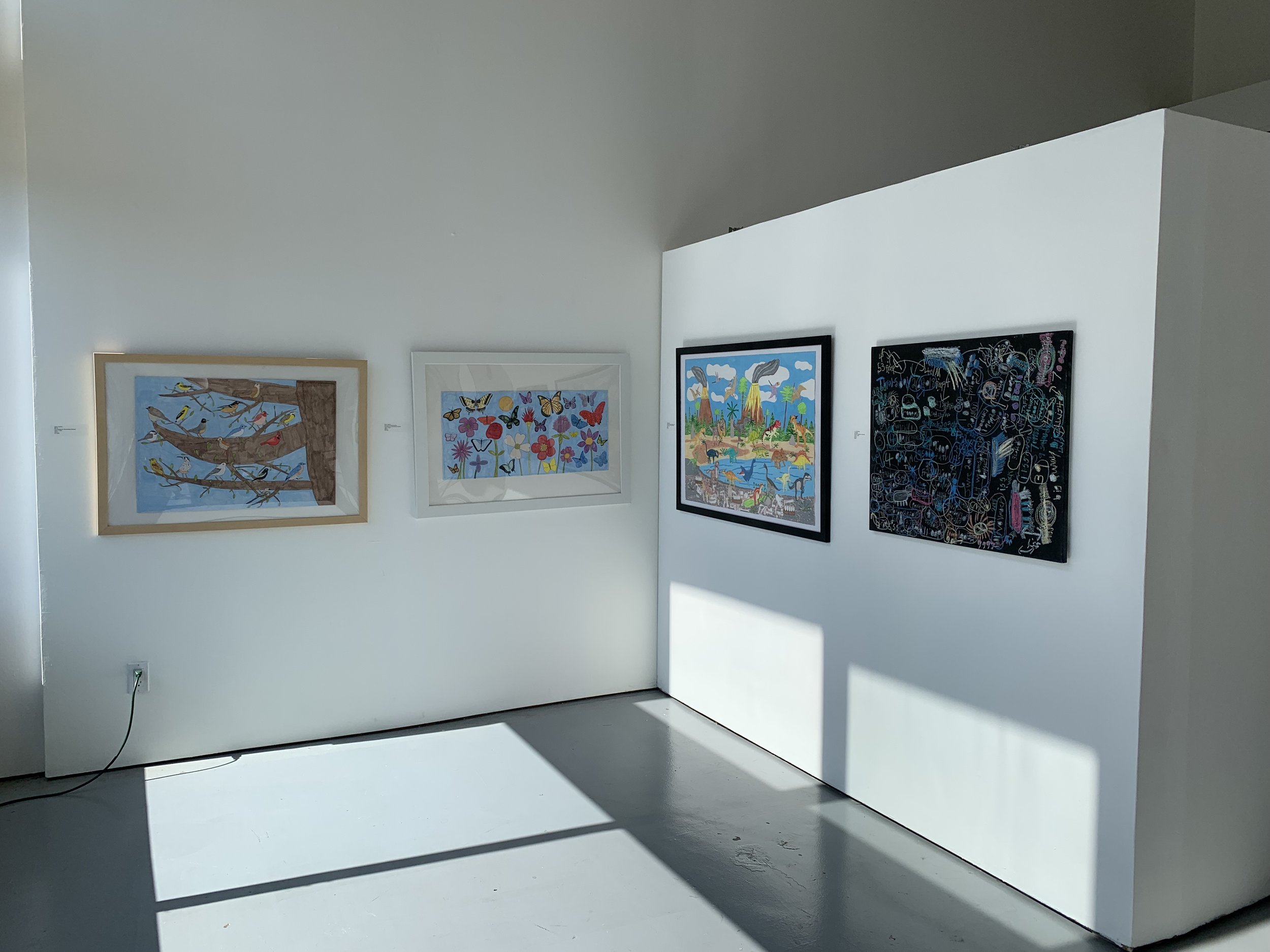

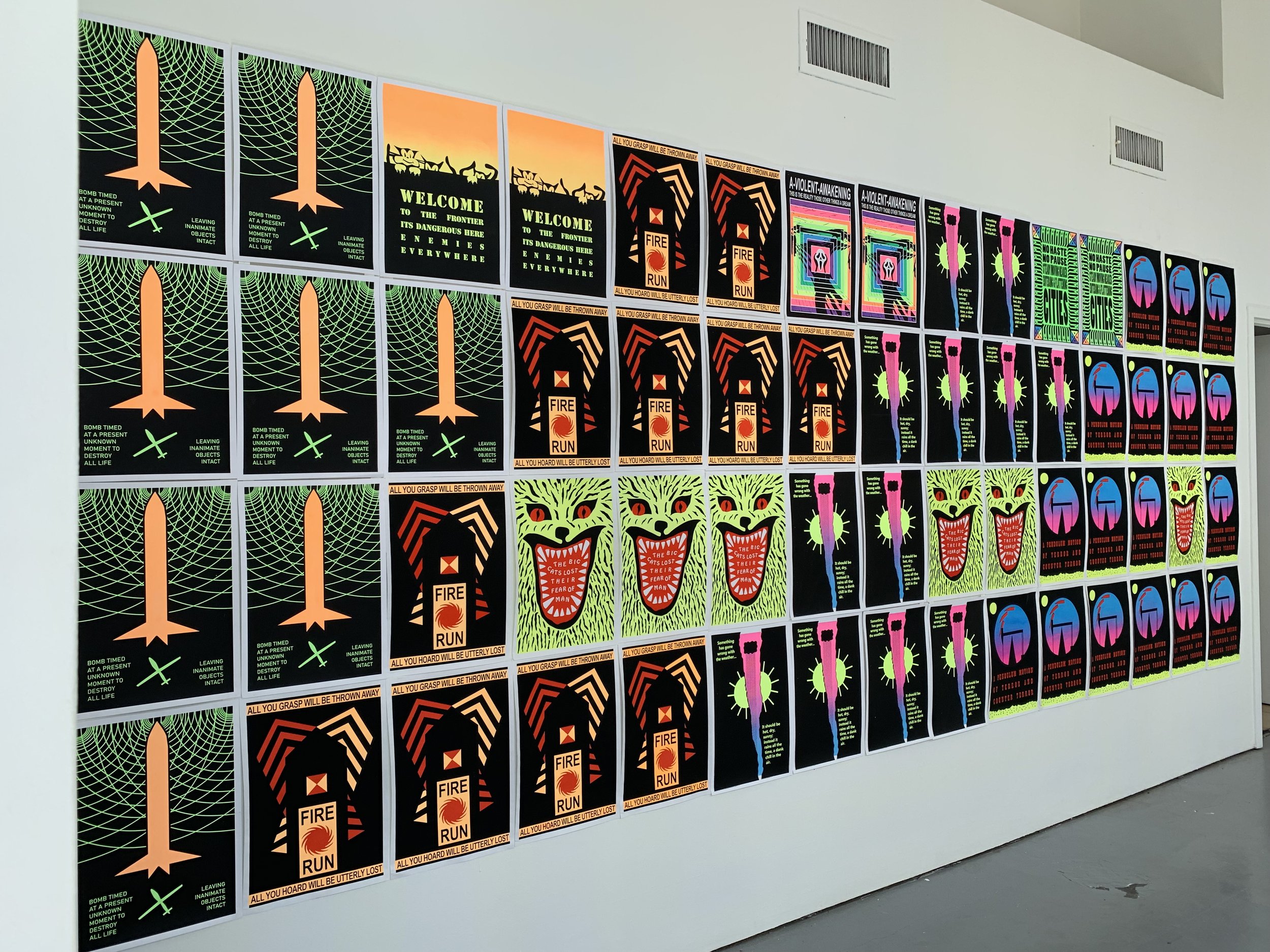
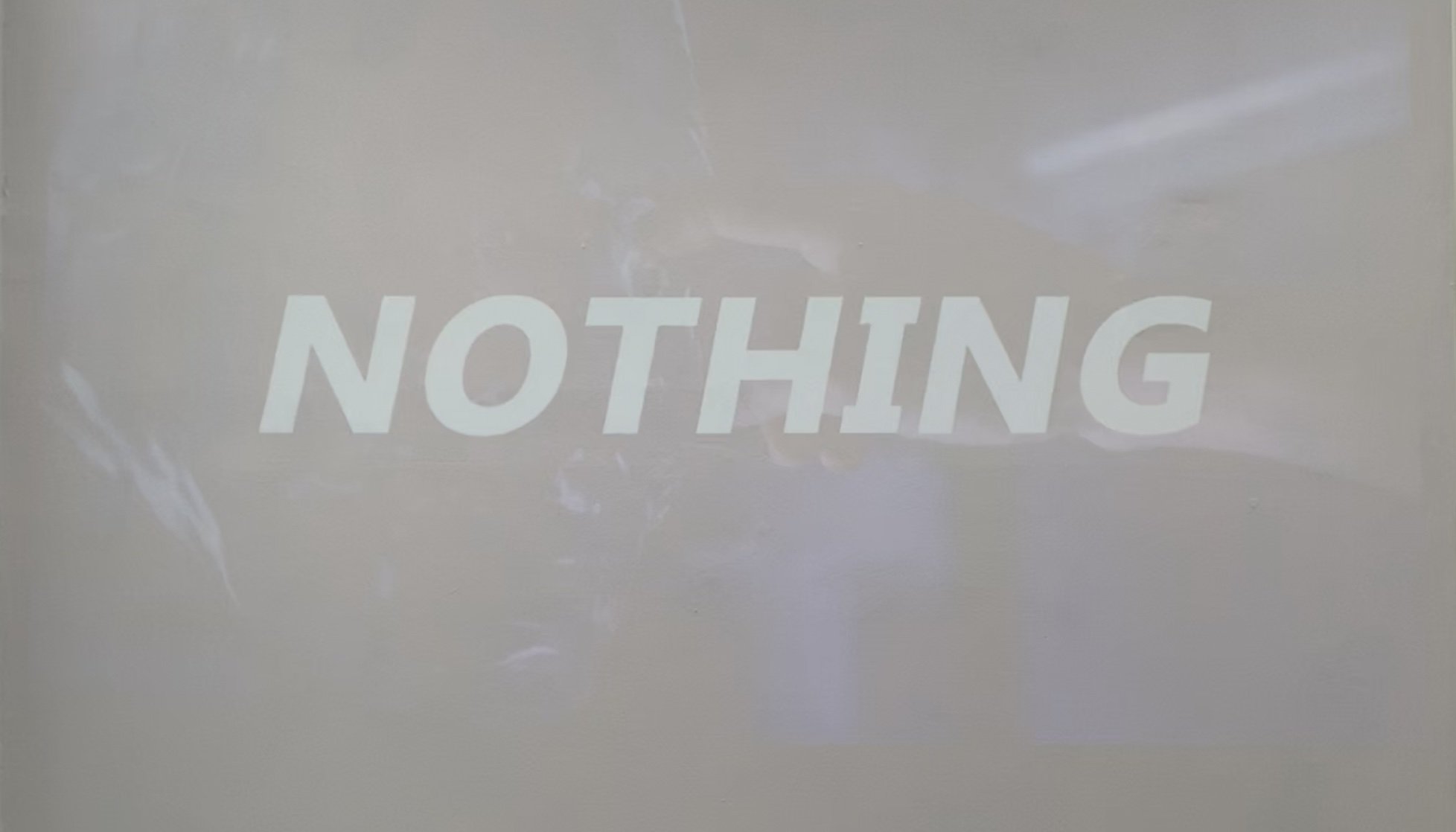
Reading/reference list:
Extinction: A Radical History by Ashley Dawson
An Indigenous Peoples’ History of the United States by Roxanne Dunbar-Ortiz
Dune by Frank Herbert
Braiding Sweetgrass by Robin Wall Kimmerer
Annihilation by Jeff VanderMeer
Care Work: Dreaming Disability Justice by Leah Lakshmi Piepzna-Samarasinha
Staying with the Trouble: Making Kin in the Chthulucene (Experimental Futures) by Donna J. Haraway
Ice by Anna Kavan
Bio
Chelsea Smith (she/her) is an artist, curator and visual arts facilitator based in Kaw/Kansa Nation/Kansas City, Kansas. She holds a BA (Honors) in Ceramics from Camberwell College of Arts in London, United Kingdom. Past curated exhibitions include The Rim of Morning at Open Windows Cooperative in San Francisco, California and The Smallest Great Unknown exhibition at Imagine That in Kansas City, Missouri. She currently facilitates online programming for neurodiverse and disabled artists at NIAD Art Center in Ohlone Territory/Richmond, California.
